The inexplicable popularity of Ivo Van Hove continues. The director’s latest visit to the fairies involves an updated version of Network, a creaky and over-rated news satire from 1976. Van Hove appears to be unconstrained by thrift or self-discipline and he fills the Lyttelton stage with expensive clobber. It’s like a hangar full of half-tested prototypes. Centre, a TV studio featuring three cameras and an anchor man’s desk the size of a lifeboat. Behind it, a controller’s gallery with lots of TV monitors shielded by wobbly glass. Stage-rear, a vast flat-screen telly that relays the action as it happens but with an irritating quarter-second delay. To the right, a kitchen occupied by chefs who cook food for uniformed waiters to serve to 25 diners loafing at tables, scoffing their nosh and watching the action. Are they part of the show or just bored punters? It was never made clear. There’s no room for subtlety, intimacy or poignancy in this busy playpen.
The script concerns a crazed TV anchor, Howard Beale, who threatens to blow his brains out live on air. This promise unexpectedly turns his failing show into a hit. Unnerved by his own death threat, Beale goes missing for a few days and returns to the studio with a soggy hairdo and a new slogan. ‘I’m mad as hell,’ he shouts at the cameras, ‘and I’m not going to take it any more.’ He urges America to repeat this burst of self-lacerating petulance and America does so, in vast numbers. But herein lies the contradiction. When one man defies the herd he’s an individual. When a million men defy the herd they’re still the herd.
Beale soon realises that he has nothing to say to his followers, but instead of harnessing their power to reward their loyalty he does the opposite. He urges his supporters to lobby against a hostile takeover of his TV network by oil-rich Arabs (‘medieval fanatics,’ he calls them, ‘who already own half of England’). His fans obediently deluge the White House with requests to thwart the bid and the president caves in. So the network’s mega-rich bosses are left in control of their network and their mega riches. This probably accounts for the popularity of the movie with Hollywood’s grandees, who awarded it four Oscars. What kills the story for today’s audience is that the internet has made it obsolete. Nowadays we have seven billion Howard Beales who are just as verbose and brainless as the original. Everyone spends virtually all their time sending messages to virtually everyone else saying virtually nothing.
Inside Pussy Riot at the Saatchi Gallery is about the activist songbirds who were jailed in 2012 for mocking Vladimir Putin at the Cathedral of Christ the Saviour in Moscow. ‘Promenade performance’ is the style here. This genre obliges play goers to visit a series of make-believe scenarios under the tutelage of boot-faced actors in costume. Usually, a ‘promenade performance’ is a pretext for professional thesps to take revenge on their customers (whom they secretly loathe) by subjecting them to low-level bullying. Here the artistic purpose is to recreate the psychological atmosphere of imprisonment.
I arrived at the gallery where my hand was stamped with a red tattoo and I was given a prison number and told to change into a green boiler suit. With eight other inmates, I was led through a set of cramped and garish spaces designed to resemble the phases of detention: an arrest unit, a police station, a courtroom, a prison factory, a latrine and finally an unlit cell that represented solitary confinement. We were constantly cajoled and barked at by female guards in fright wigs and horror-movie make-up. During the prison-factory segment, I was told to sit at a work bench and polish dozens of penny pieces with a toothbrush. Instead I laid out the coins to resemble a smiley face, which the scowling guard dashed into a coppery muddle. ‘Don’t look at me!’ she shrieked with a level ofanger that perhaps hinted at professional frustrations.
At the end of the show, we listened to a recorded message exhorting us to challenge tyrants and fight for our liberty. The prison doors were then flung open and we were greeted by smiling rescuers offering us prosecco and canapés. The show works at its most basic level by replicating the spiritual privations of captivity, the effacement of identity, the loss of personal autonomy. But how on earth did this make-believe gulag end up in a posh gallery near Sloane Square? It may titillate a few jaded English millionaires but these spectators haven’t the motive or the opportunity to challenge Putin, or to put Pussy Riot’s revolutionary programme into action. In Russia the show would be banned by censors. So here it is in London, where it isn’t needed, instead of in Moscow, where it is.
Got something to add? Join the discussion and comment below.
Get 10 issues for just $10
Subscribe to The Spectator Australia today for the next 10 magazine issues, plus full online access, for just $10.
You might disagree with half of it, but you’ll enjoy reading all of it. Try your first month for free, then just $2 a week for the remainder of your first year.

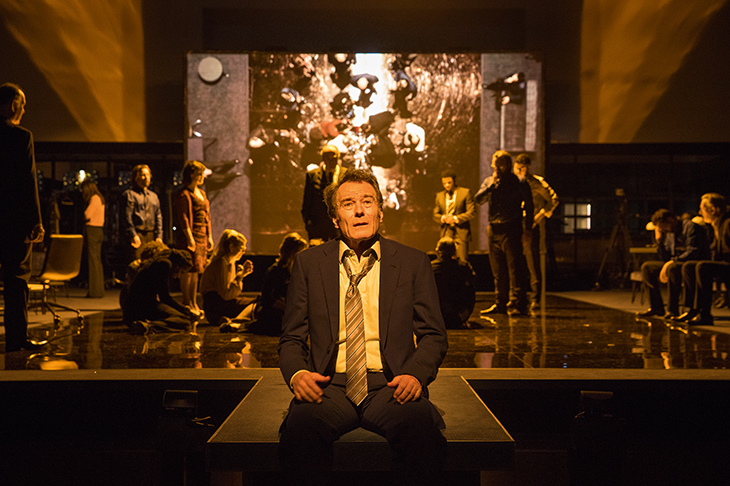
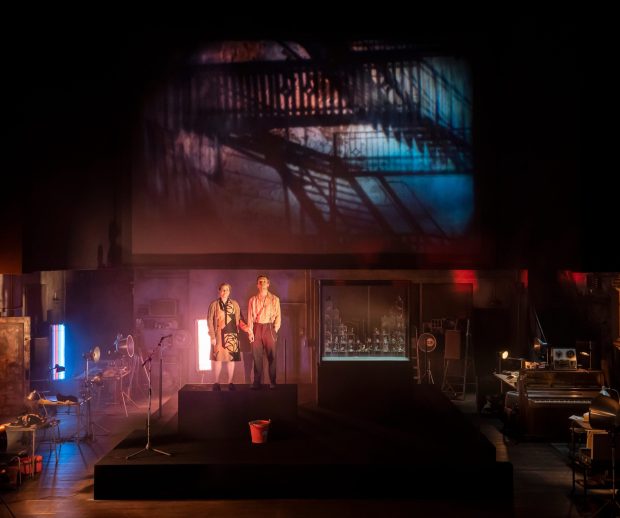

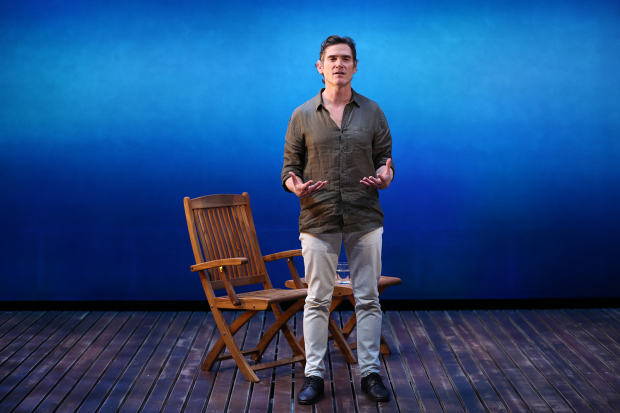
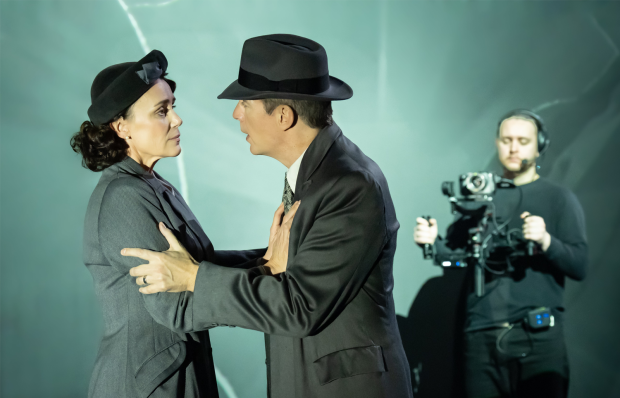
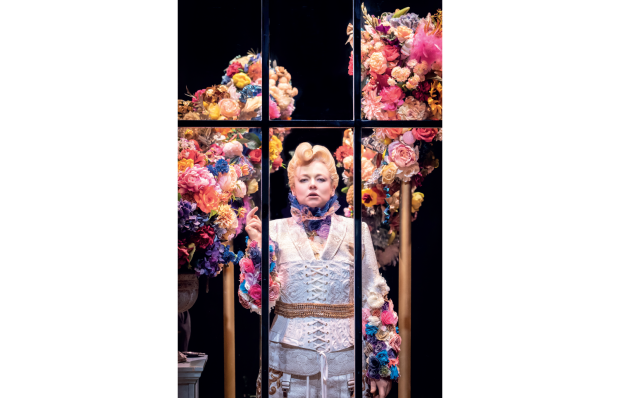
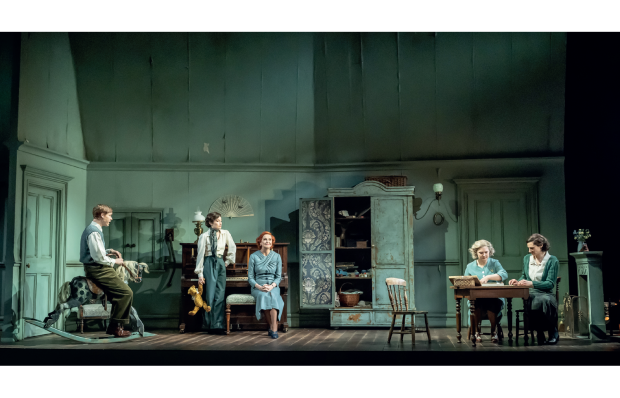






Comments
Don't miss out
Join the conversation with other Spectator Australia readers. Subscribe to leave a comment.
SUBSCRIBEAlready a subscriber? Log in